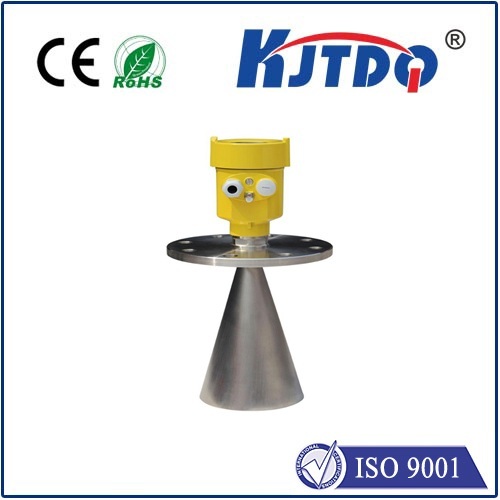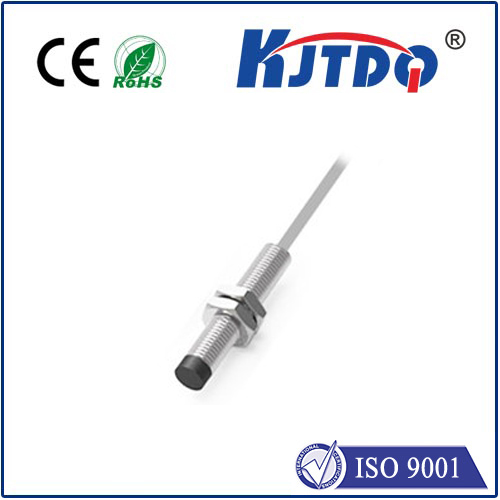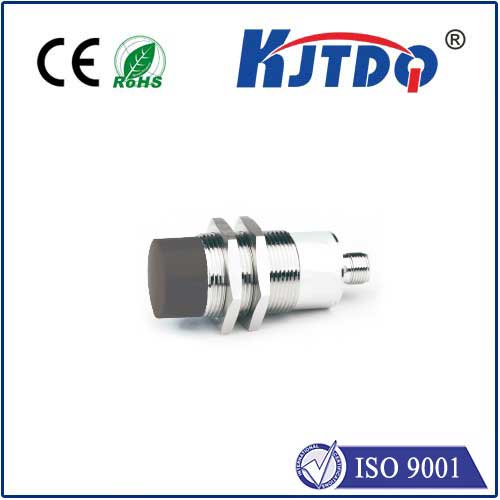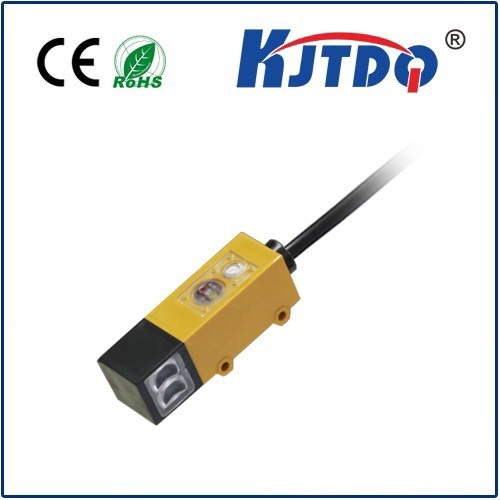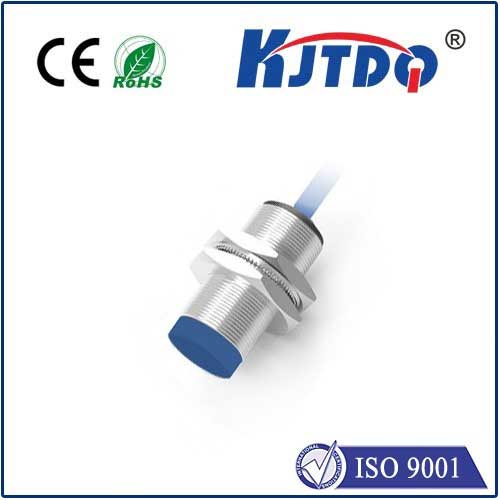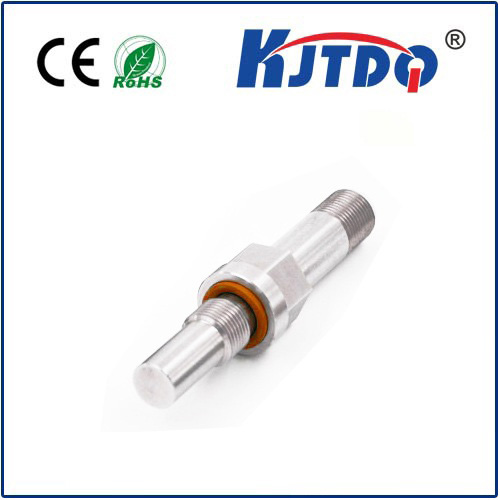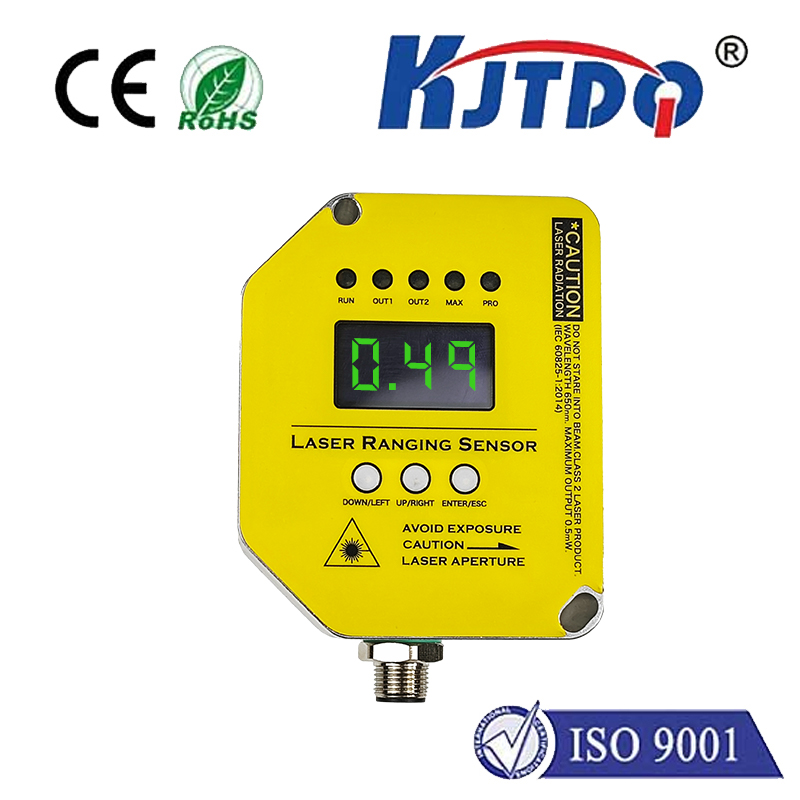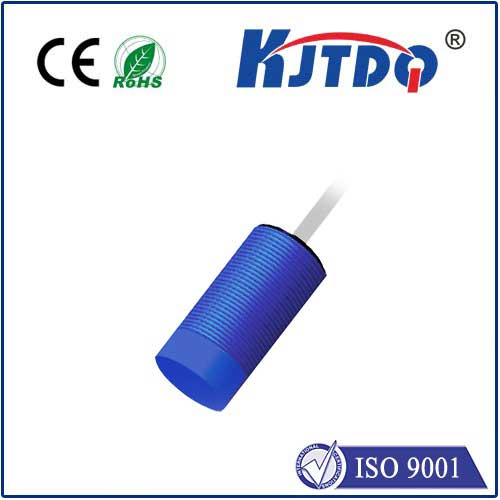

check

check

check

check

check

check

check

check

check

check
Imagine a sprawling manufacturing line, automated vehicles navigating vast warehouses, or heavy machinery operating in challenging outdoor environments. A critical question arises: how do these systems reliably detect objects, positions, or potential collisions over significant distances without physical contact? This is where advanced dual-channel proximity sensors boasting a substantial 20-meter (65-foot) detection range come into play, revolutionizing industrial automation and safety.
Understanding Proximity Sensors: The Foundation Proximity sensors are workhorses of industrial automation. Unlike mechanical switches, they detect the presence, absence, or distance of objects without physical touch. They operate using various principles like inductive (for metals), capacitive (for materials including liquids), ultrasonic (sound waves), or photoelectric (light beams). Their non-contact nature translates to minimal wear, longer lifespans, and reduced maintenance costs compared to traditional switches.

The Power of Dual-Channel Capability The “dual” in “proximity sensor dual 20mtr” signifies a significant technological leap. Instead of a single detection point, these sensors incorporate two independent sensing channels within a single robust housing. This architecture offers compelling advantages:
Why 20 Meters Matters: Extending Operational Horizons The specified 20-meter detection range dramatically expands the potential application landscape. This extended reach solves challenges inherent in large-scale or complex environments:
Technical Insights: Achieving Robust 20-Meter Performance Delivering reliable detection at such distances requires sophisticated engineering. Photoelectric sensors (often utilizing modulated infrared laser or focused LED light) are the most common type offering robust 20m performance. Key features enabling this include:
Tangible Benefits Driving Adoption Implementing dual-channel 20m proximity sensors delivers concrete operational advantages:
Conclusion The evolution toward dual-channel proximity sensors with a formidable 20-meter reach addresses the growing demands of modern, large-scale industrial automation and safety systems. By offering redundancy, operational flexibility, and the ability to reliably monitor extensive areas, these sensors are more than just components; they are strategic enablers of efficiency, safety, and cost-effectiveness. Whether safeguarding personnel near massive equipment, tracking assets across vast warehouses, or ensuring precise material handling on extensive conveyors, the powerful combination of dual sensing channels and 20-meter detection capability provides a robust and versatile solution foundational to the future of industrial operations.

